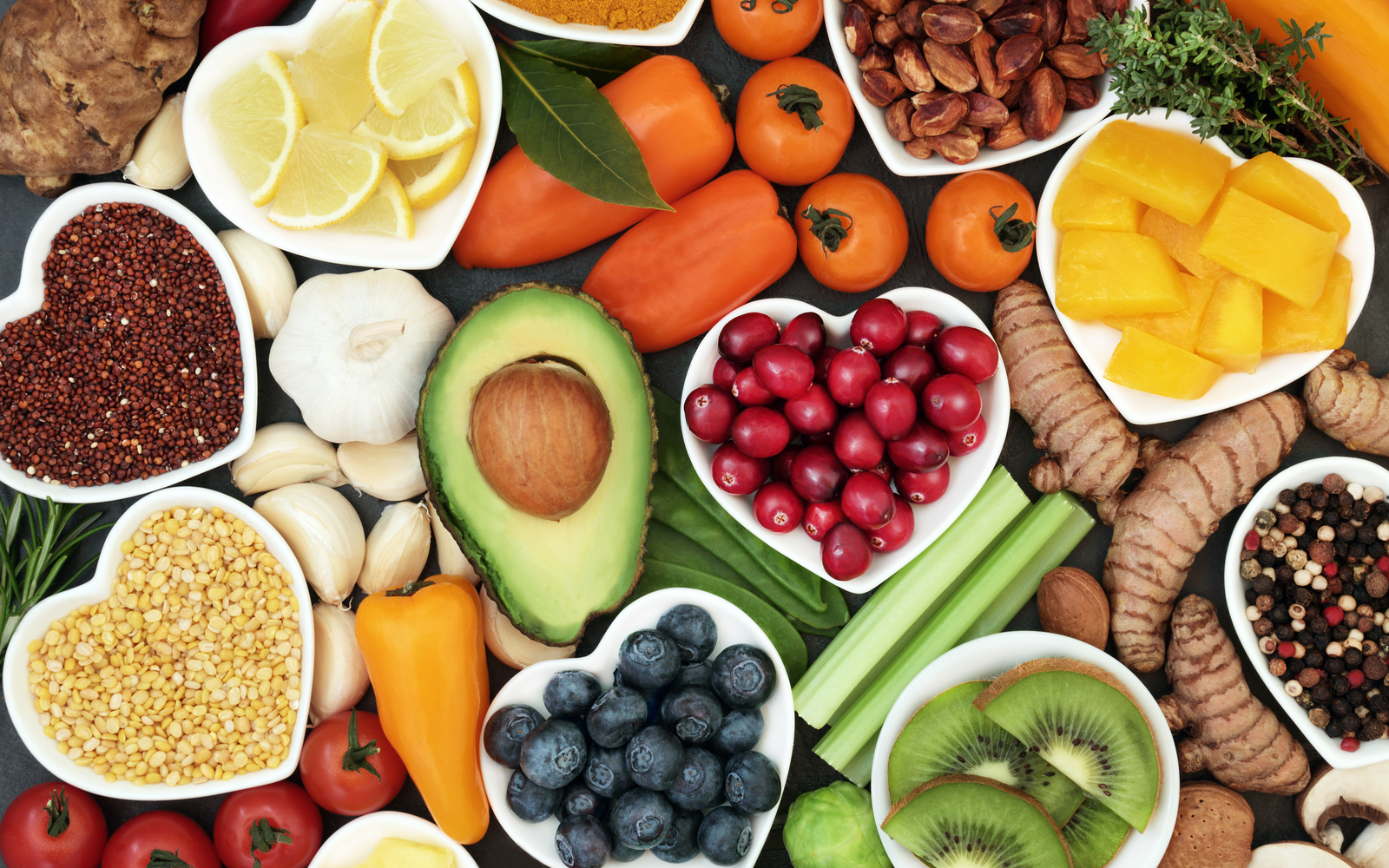Although everyone knows the health benefits of vegetables, only some people consume the recommended three portions (cups) daily. According to the CDC, less than 10% of people consume the recommended servings daily. Even though there is much debate surrounding nutrition, almost everyone believes that increasing your intake of vegetables can benefit your health and well-being.
How to Get Your Kid to Eat More Veggies Even if They Hate Them!
Simply put, many individuals don’t like how vegetables taste. Vegetables taste sour to these so-called hyper-tasters. Others frequently lament the unpleasant feeling of vegetables. Here are a few tried-and-true methods for including more veggie portions in your meals and snacks, even if you don’t like vegetables. There are a few tricks to help your child eat more vegetables, including:
- Add your preferred dips, such as hummus, guacamole, ranch dressing, or others: Dietitians frequently advise offering vegetables with your preferred dip, whether hummus, guacamole, or dressing. Intriguing research found that when picky kids were given freshly cut vegetables and a herb-flavored dip, they consumed 62% more of the vegetables than when the vegetables were served alone. Furthermore, kids were three times more likely to refuse to eat vegetables independently than when served a dip.
- Roast your veggies: Roasting vegetables is one method to make them more palatable for people who dislike raw, steamed, or pretty much any type of vegetable. Vegetables that have been roasted develop a crunchy exterior and a sweeter flavor due to the caramelization of their natural sugars.
- Sneak them into your kid’s diet: Vegetables can be consumed in other methods. Vegetable soups like tomato or split peas are some of my favorite methods to sneak more servings of vegetables into your diet. Adding pureed veggies to meatballs, meatloaf, meat sauces, egg dishes, pasta dishes, casseroles, and other baked products. By drinking a tomato, carrot, or V8 100% vegetable juice, you can also attempt to smuggle in more vegetables.
- Incorporate more fruit: Many essential nutrients in many veggies, such as vitamins A and C, carotenoids, folate, potassium, beneficial phytonutrients, and water, are also present in fresh and dried fruit. Fruits that are lower in calories and higher in water content are some of the best to eat to make up for the absence of vegetables in your diet. I suggest strawberries, blueberries—both standard and wild—raspberries, and blackberries. Wild blueberries, in particular, are excellent because they contain more antioxidants but fewer calories and carbs than other berries. Citrus, watermelon, cantaloupe, kiwifruit, and apricots are excellent choices.
Of course, it’s possible to consume “too many vegetables” in principle… However, most individuals need to eat several pounds daily to achieve that. Of course, most people have the opposite issue and hardly ever consume vegetables. And it’s not just the parents of contemporary humans who argue with each other over broccoli. Even if the connection between their brainstem and cortex is severed, rats will still reject bitter foods, suggesting that other animals do the same.
Advanced Pediatrics of Rockland Can Help Your Child Eat More Vegetables.
If you’re concerned about how many vegetables your child eats, call Advanced Pediatrics of Rockland at (845) 364-9800 to schedule a consultation today! We’ll help get your child on the right track!





